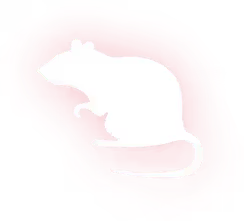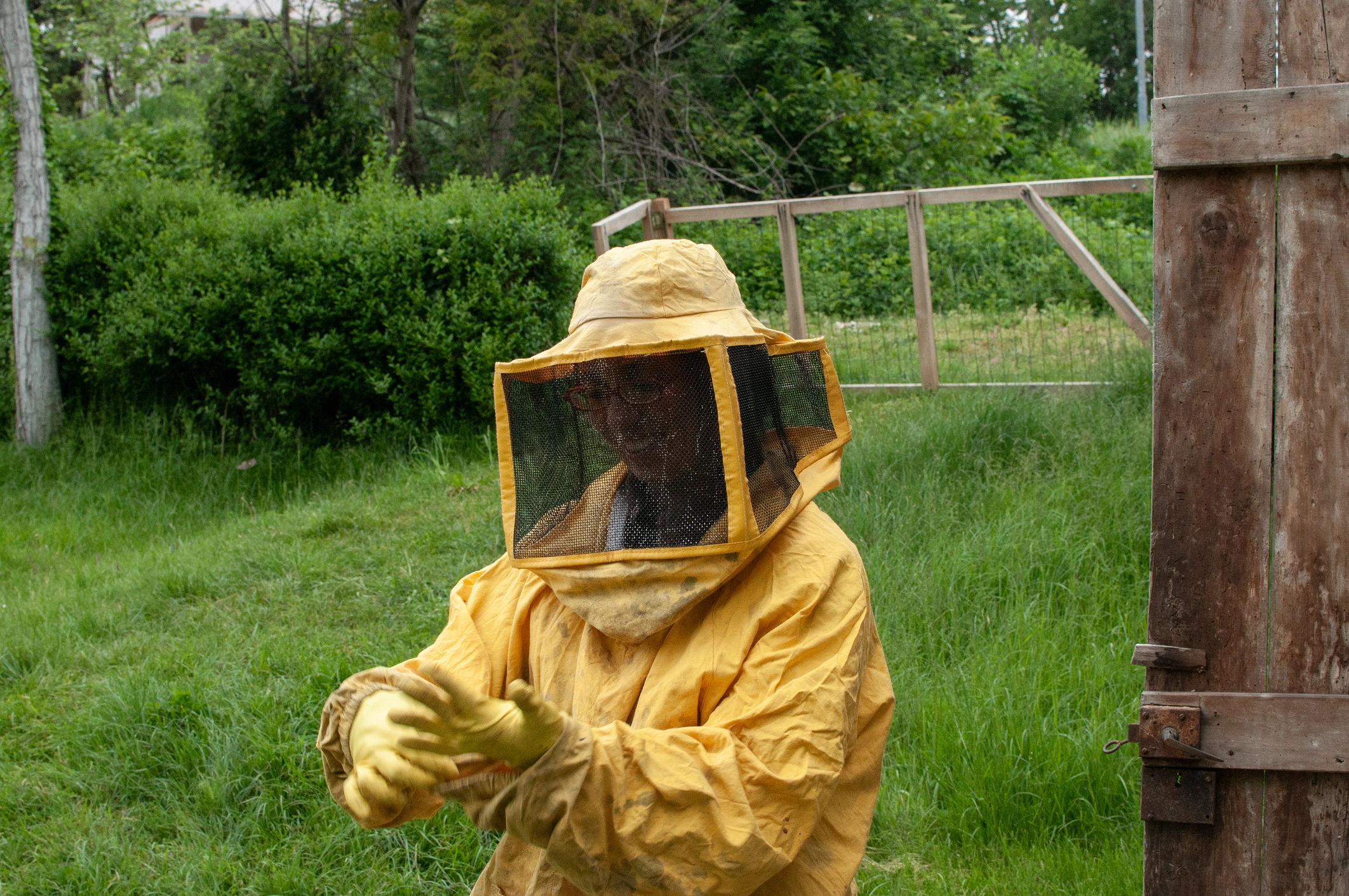

Wasp Nest Removal in Redland, TX
Wasp nest removal in Redland, TX from Spot On Pest Control, LLC. Safe treatment for wasps, hornets, and yellowjackets—get fast relief and schedule now.

Wasp Nest Removal in Redland, TX
Wasps and hornets are more than a seasonal nuisance in Redland, TX — they can pose a serious safety risk to families, pets, and property. With hot, humid summers and plentiful flowering plants and trees, Redland homes are prime locations for paper wasps, yellowjackets, and aerial hornets to establish nests in eaves, attics, crawl spaces, sheds, and tree cavities. This page explains how to identify active nests, what professional removal or extermination involves, emergency procedures for aggressive or populated nests, and practical prevention and safety measures tailored to Redland homes.
Common wasp and hornet species and nest identification
- Paper wasps: Umbrella-shaped open comb nests under eaves, porch overhangs, or tree branches. Adults are slender with long legs and a paper-like nest texture.
- Yellowjackets: Often build enclosed, football-shaped nests in underground cavities, wall voids, or attics. Aggressive when disturbed and attracted to food and drink.
- Bald-faced hornets: Large, gray, football-shaped aerial nests in trees or tall shrubs, often out in the open and highly defensive.
- Cicada killers and solitary wasps: Usually solitary and less likely to defend aggressively; nests are often in bare ground.
Signs you have a nest:
- Regular wasp activity near a specific area (constant comings and goings).
- Visible nest structure under eaves, in attics, or in trees.
- Increased wasp presence around trash cans, pet food bowls, or fallen fruit.
- Aerial or ground nests discovered during seasonal yard work or after storms.
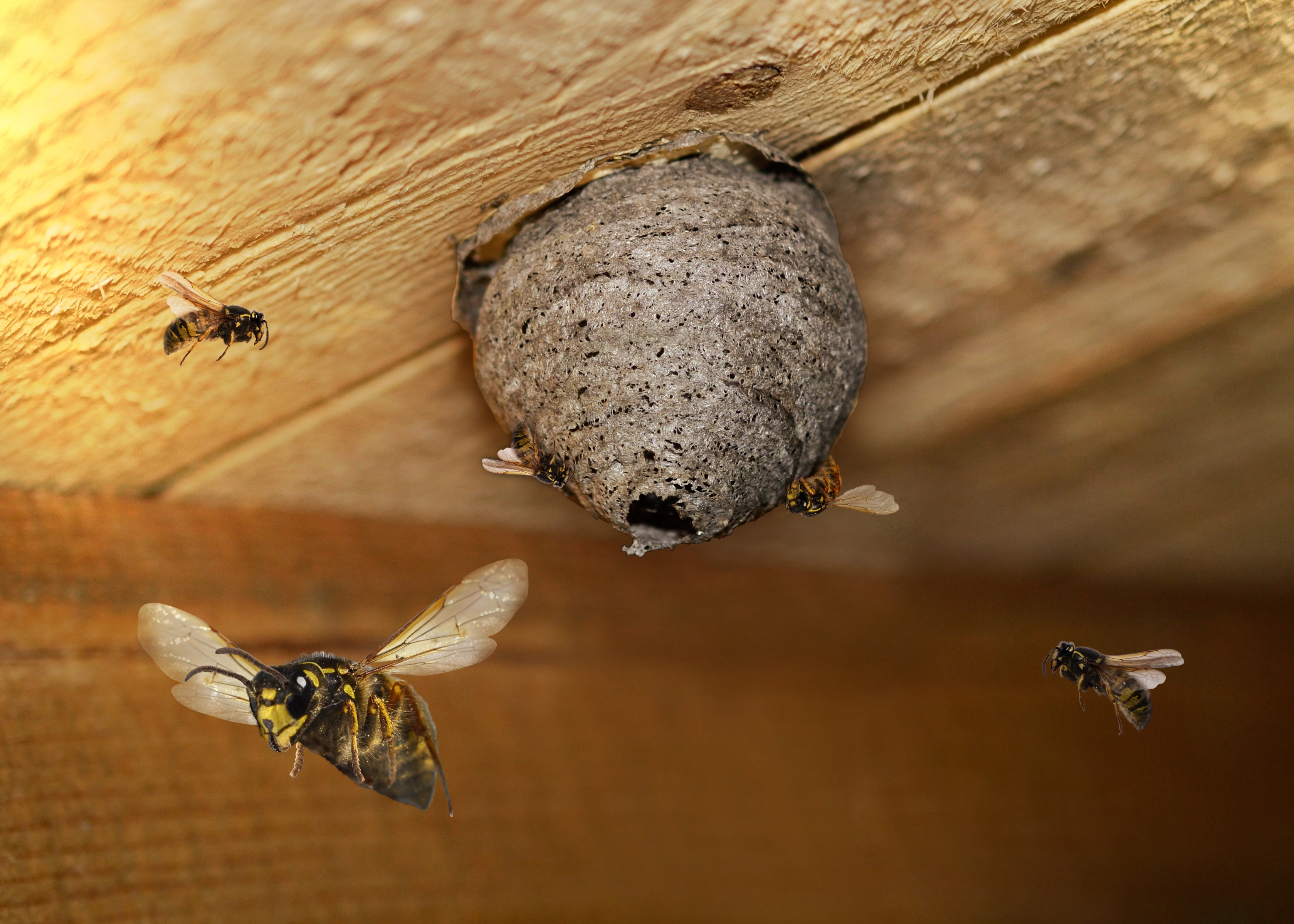
Typical wasp nest problems in Redland homes
- Attic or wall nests causing indoor activity and risk of stings when accessing storage or living spaces.
- Underground yellowjacket nests near high-traffic yard areas posing a hazard to children and pets.
- Large aerial hornet nests in mature oaks and pine trees common in Redland neighborhoods.
- Recurring nesting in the same structure due to available shelter and food sources.
How professionals diagnose and plan safe removal
A trained technician will:
- Assess species and activity level to determine risk and method. Identification guides the choice between removal, targeted insecticide treatment, or nest sealing.
- Inspect the nest location, structural access, and potential entry points like attic vents, soffits, and wall voids.
- Evaluate time-of-day considerations. Many treatments are safer and more effective at dusk or night when wasps are less active and most are inside the nest.
- Prepare a safety plan for residents and pets, including temporary evacuation of immediate areas and use of protective equipment.
Safe removal and extermination techniques
- Targeted insecticide application: Approved insecticidal dusts or foams applied directly into the nest entrance or onto the nest to neutralize occupants. Most effective for enclosed nests and wall/attic infestations.
- Residual sprays for open-comb nests: Specialized sprays that can be applied to exposed combs in eaves or overhangs when timed for low activity.
- Vacuum removal: For certain species and situations, a professional-grade vacuum designed for entomological use can remove live wasps and nests with minimal disturbance.
- Physical removal: After treatment and confirmation of inactivity, nests are removed and disposed of to prevent reuse and to allow inspection of the site.
- Underground nest control: Injection of labeled baits or dusts into burrows at night, followed by marking and monitoring to ensure activity ceases.
Professionals combine methods with safety protocols to minimize damage to structures and reduce the chance of re-infestation.
Emergency response for active or aggressive nests
- Immediate hazards: Multiple stings, allergic reactions, or nests in very high-traffic areas require urgent attention. Emergency protocols prioritize human safety.
- Rapid assessment: Technicians assess whether immediate on-site neutralization is required or if short-term area cordoning and resident relocation are safer.
- Nighttime treatments: For highly active nests, professionals often return after dusk to apply treatments when wasp activity drops, reducing risk to technicians and residents.
- Medical considerations: Technicians can advise on first-aid for stings and when to seek emergency medical care, especially for individuals with known venom allergies.
Safety protocols for technicians and residents
- Technicians wear full personal protective equipment (PPE): veiled suits, gloves, and respiratory protection as appropriate.
- Pre-treatment briefings: Residents are informed about safety perimeters, timing, and steps to take (closing windows, keeping children and pets indoors).
- Post-treatment monitoring: The treated site is observed to confirm activity has ceased before nest removal or sealing.
- Structural precautions: When nests are in attics or wall voids, professionals check for damage or entry points and take care to preserve insulation and wiring integrity.
Prevention tips to discourage future nesting in Redland, TX
- Seal entry points: Caulk gaps around soffits, rooflines, vents, and utility penetrations to block wall and attic access.
- Keep eaves and gutters clean: Remove debris and repair damaged soffits; wasps seek sheltered pockets for building nests.
- Manage garbage and compost: Secure lids on trash cans and compost bins; avoid leaving pet food or sweet drinks outdoors during peak activity seasons.
- Trim vegetation: Prune tree limbs away from the house and reduce dense shrubs that provide sheltered nesting sites.
- Reduce food attractants: Clean up fallen fruit and cover picnic or grill areas; yellowjackets are drawn to protein and sugar sources.
- Use decoy nests with caution: Some species avoid building near existing nests, but decoys are not guaranteed and should be one part of a broader prevention plan.
- Seasonal inspections: Schedule inspections in spring to identify early nesting activity before colonies grow.
What to expect after professional service
- Confirmation that nest activity has stopped and nest material removal if appropriate.
- Recommendations for sealing and minor repairs to prevent reinfestation.
- Follow-up inspection window to ensure a single treatment was effective and to address any remaining issues.
- Work completed in accordance with industry safety standards and local regulations, with documentation of treatment and observations.
Benefits of timely professional removal for Redland homeowners
- Reduced risk of stings and allergic reactions, especially important for households with children, seniors, or pets.
- Minimized property damage from nesting in attics, soffits, or wall voids.
- Faster, more reliable resolution than DIY attempts that can provoke aggressive swarms.
- Peace of mind from a documented, safe approach and post-treatment prevention measures tailored to local climate and seasonal patterns.
Removing a wasp or hornet nest in Redland, TX, requires an approach that balances effective control with strict safety. Understanding species behavior, choosing the right time and method for treatment, and taking targeted prevention steps are key to protecting your home and family. Follow-up inspections and repairs help ensure these pests do not return, keeping your property safer throughout Redland’s warm seasons.
Eliminate Dangerous Nests Quickly With Trusted Wasp Control
Active wasp or hornet nests on your property? Wasp nest removal in Redland, TX by Spot On Pest Control, LLC provides fast, safe, and species-specific solutions to protect your home and loved ones. Whether it’s an aggressive yellowjacket nest in the ground or paper wasps in your eaves, our licensed professionals inspect, treat, and remove nests with precision—often in one visit. Avoid DIY risks and don’t let stings threaten your family or pets this season.
Choose Spot On Pest Control, LLC for Safe, Same-Day Wasp Nest Solutions
Our Services
Our pest control services cover ants, termites, bed bugs, rodents, mosquitoes, and other common pests, with customized solutions for both residential and commercial properties.
.png)


